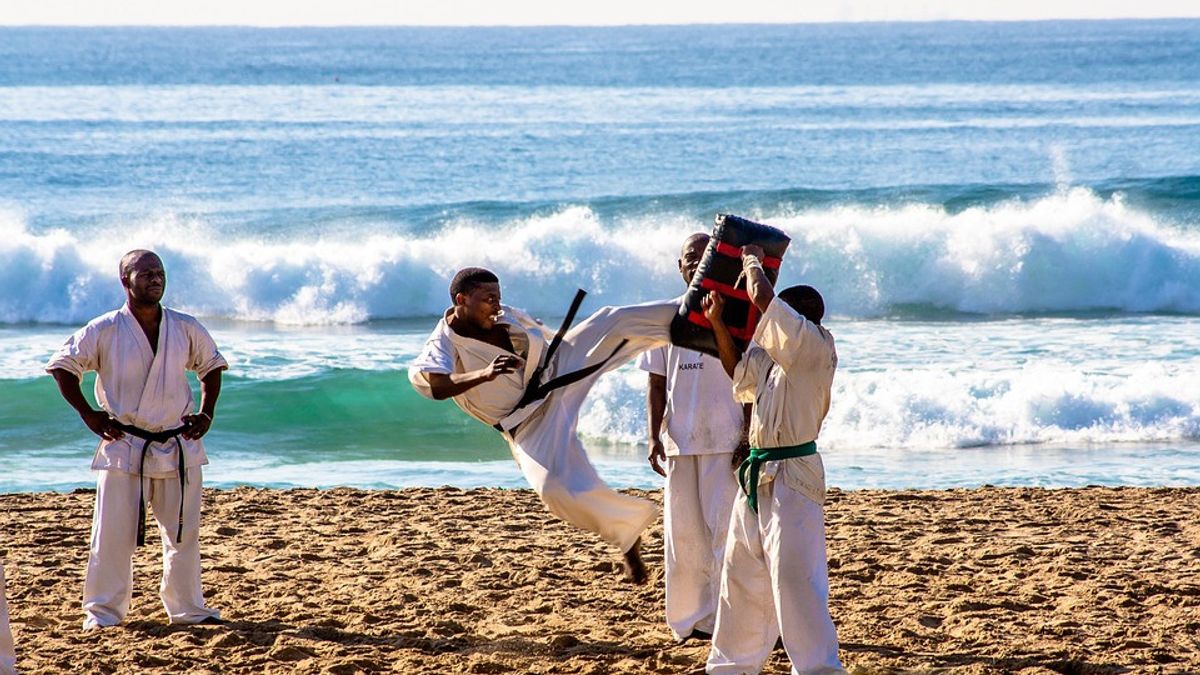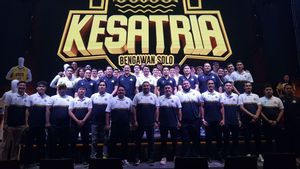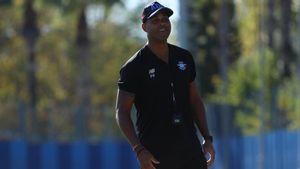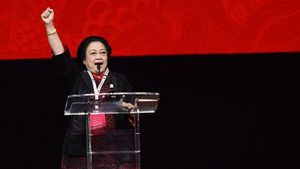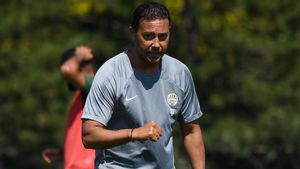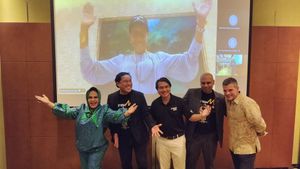YOGYAKARTA Karate is a flow of martial arts originating from Japan. Karates focus on the accuracy of kicks and punches without tools. In Indonesia, the karate flow that first entered was Shoto-kan. This flow was developed by Gichin Funakoshi from 1868 to 1957, and his son, Gigo Yoshitaka Funokashi.
Over time, the karate flow in Indonesia continues to increase. So, what are the karate flows in the country?
Compiled by VOI from various sources, here are all kinds of karate flows in Indonesia.:
This sect was brought into Indonesia by several students named Baud AD Adikusumo, Karianto Dojojonegoro, Mochtar Ruskan, and Ottoman Noh who had just returned from Sakura Country in the 1960s.
Please note, Shoto is the pen name Gichin Funakoshi. Meanwhile, the word Kan is defined as a building/building.
Gichin Funakoshi is a figure who brought karate knowledge from Okinawa to Japan. The Shotokan sect is an accumulation and standardization of various karate colleges in Okinawa that Funakoshi has studied.
The basic concept of this flow is Ichigeki Hissatsu, which means one movement can kill the opponent. The Shoto flow bubble uses low stances and strong strokes and badminton.
The Shoto movement tends to be liner, allowing users to compete with punches and badminton directly with opponents.
Quoting Kompas, several karate universities in Indonesia that follow this flow include the Karate-Do Indonesia Institute (Inkai), Indonesia Karate-Do (Inkado), the National Karate-Do Institute (Inkanas), the Indonesian Karate-Do Institute (Lemkari), and Shotokai.
Quoted from the official website of the Shito-ryu University of Computer Science and Technology (Stekom) is a karate flow created by Kenwa Mabuni.
This flow emphasizes the word (detailed pattern of movements practiced either solo or paired), as evidenced by the many words taught.
At least, there are 40 Words in this karate stream. The number is greater when compared to other Karates, even in Japan The recorded 111 words and their carcasses are recorded.
comes from this flow, practitioners can adapt to the conditions, they can compete frontally like Shoto-kan or compete closely like Goju-ryu.
Di dalam Federasi Olahraga Karate-Do Indonesia (Forki), perguruan karate yang medukai alih ini adalah Shindoka dan Gabungan Bela diri Karate-Do (Gabdika) Shito-Ryu Indonesia.
In terms of language, the word 'Goju' means 'hard-soft'. This karate sect emphasizes more on the combination movement between gentleness and violence. This makes practitioners superior in breathing arts or sanchins.
The figure who first introduced this sect was Chojun Miyagi. He renewed many techniques and was born Goju-ryu.
Goju-ryu uses round tank and likes to do meeting distance fights.
Some of the karate universities in Indonesia that adhere to this sect are Goju-Ryu Karate-Do Shin, not All Indonesia (Gokasi), Gojuryu Karate-Do Indonesia (Gojukai), and Gojuryu Association (Goju Ryu Ass).
The last karate sect in Indonesia is Wado-ryu. This flow is very unique because it has its roots in the martial arts of Shindo Yoshi-ryu Ju
Therefore, it is not surprising that the Wado-ryu karate flow also teaches the technical lock of the joints and the throw/shopping of the ju men.
In the fight, Wado-ryu practitioners used the top-of-the-clock Juryu principle, which was not wanting to complain about power head-on, and used more flowing tanks, and sometimes used Ju Bersung's technique such as slams and sweeps to bring down opponents.
In Indonesia, the karate college that adheres to this sect is the Wadoryu Karate-Do Indonesia (Wadokai).
That's information about the karate flow in Indonesia. Are you interested in trying karate martial arts?
The English, Chinese, Japanese, Arabic, and French versions are automatically generated by the AI. So there may still be inaccuracies in translating, please always see Indonesian as our main language. (system supported by DigitalSiber.id)
